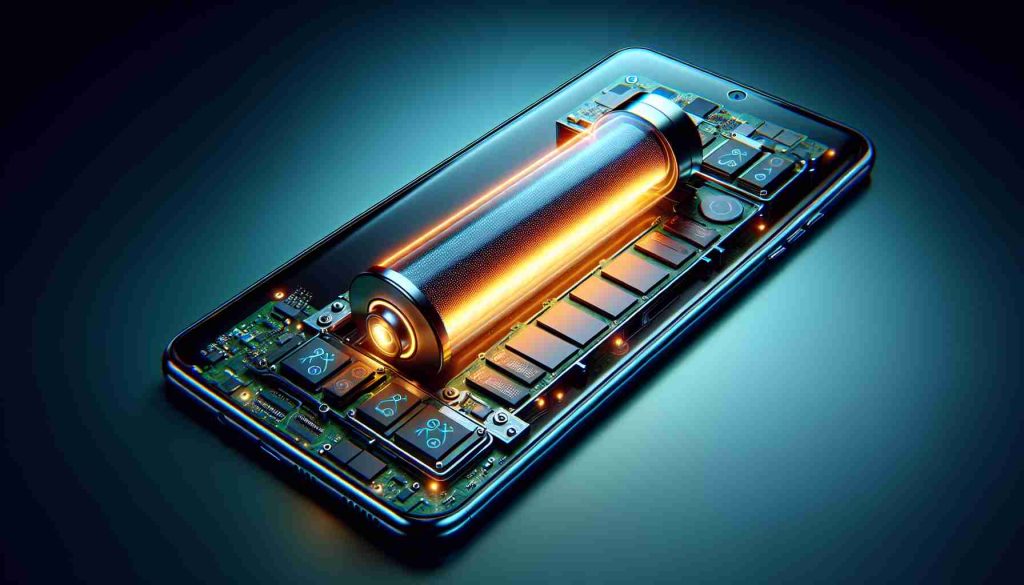A new era of digital security has dawned as users are now required to authenticate bank transfers over 10 million dong through cutting-edge biometric technology. This innovative method ensures heightened security measures by linking users’ identity cards to smartphones via NFC technology.
Discovering the precise location of the NFC chip on smartphones has proven to be a challenge for many users, disrupting the biometric authentication process. Understanding this dilemma, numerous websites have emerged to guide users on enabling and locating the NFC chip, although the information provided may not be comprehensive due to the differing NFC chip positions across smartphone models.
To address this issue, technology experts at Kalapa have created a comprehensive guide available at: https://nfc-guides.kalapa.vn/. This platform assists users in accurately identifying the NFC chip location on their phones, enabling them to correctly place the identity card for biometric authentication.
Upon visiting the website, users can select their smartphone model from a database of 750 devices from 13 popular brands. By simply clicking “Check,” users will be presented with the NFC chip location on their phone for card placement, accompanied by illustrative images for ease of understanding.
Furthermore, the website features instructional videos on scanning the electronic chip on identity cards using smartphones running on the two predominant operating systems, Android and iOS.
Drawing from 5 years of technological research to develop eKYC products, Ms. Nguyen Thi Tuyet Nhung, the CEO of Kalapa, expressed her vision: “We aim to contribute to the broader societal goal of digitalization and combatting online fraud, particularly within the financial sector.”
While NFC technology is widely adopted globally, its awareness among the Vietnamese population remains limited. This modern technology integrated into smart devices, such as smartphones, facilitates rapid connections and file transfers, including contacts, images, music files, videos, and applications, enhancing user convenience.
Revolutionizing Authentication Processes with Cutting-Edge Technology
In the realm of digital security, the integration of cutting-edge biometric technology has marked a significant advancement, particularly in authentication processes for sensitive transactions like bank transfers. While the previous article shed light on the innovative use of biometrics to authenticate transactions over a certain threshold, there are additional facets to this technological revolution that warrant exploration.
Key Questions:
1. How does cutting-edge biometric technology enhance security in authentication processes?
2. What are the potential challenges associated with the widespread adoption of biometric authentication methods?
3. What advantages do these technologies offer over traditional authentication methods?
4. Are there any controversies or privacy concerns related to biometric data usage in authentication?
New Insights:
An essential aspect of the authentication process involving biometric technology is the unique pairing of a user’s identity card with their smartphone through Near Field Communication (NFC) technology. While the previous article hinted at the challenges some users face in locating the NFC chip on their smartphones, it’s crucial to delve deeper into the implications of this hurdle.
Challenges and Controversies:
One major challenge lies in the uniformity of NFC chip placements across various smartphone models. This variance can lead to confusion and frustration for users trying to enable biometric authentication. Moreover, there are growing concerns about the reliability of biometric data storage and its susceptibility to breaches, raising debates on privacy and security.
Advantages and Disadvantages:
The advantages of utilizing cutting-edge biometric technology for authentication processes are manifold. These technologies offer enhanced security through unique identifiers tied to a user’s physiological traits, making it significantly harder for unauthorized access. Additionally, biometric authentication methods are often quicker and more convenient for users compared to traditional methods like passwords or PINs.
However, disadvantages include the potential risk of biometric data theft or replication, posing a serious threat to individuals’ privacy and security. Moreover, the cost associated with implementing and maintaining biometric authentication systems can be a barrier for organizations looking to adopt this technology on a large scale.
Related Links:
To further explore the realm of biometric authentication and its implications, visit Kalapa, the organization spearheading innovative solutions in the field of digital security and privacy. Kalapa’s expertise in eKYC products and technological advancements sheds light on the evolving landscape of authentication processes.























